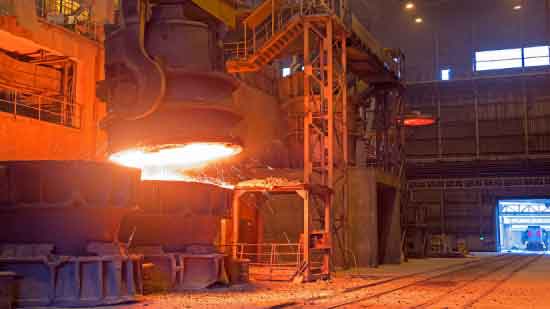
Sand casting is indeed a time-honored and versatile technique that has been used for centuries in the manufacturing industry. It remains a popular method for producing a wide range of metal components due to its many advantages and applications. Here are some key aspects that highlight the excellence of sand casting:
- Versatility: Sand casting is suitable for producing a wide variety of metal parts, ranging from small, intricate components to large, complex structures. It can be used to cast various metals, including steel, aluminum, iron, brass, and bronze, making it a flexible process for meeting diverse manufacturing needs.
- Cost-Effectiveness: Sand casting is a cost-effective manufacturing method, especially for small to medium-scale production runs. The low tooling and setup costs make it economical for producing prototypes, customized parts, and small batches.
- Design Flexibility: This casting technique offers excellent design freedom, allowing for the creation of intricate and complex shapes that may be challenging or costly to achieve with other manufacturing processes. Patterns can be easily modified to accommodate design changes without significant additional expenses.
- Mold Reusability: Sand molds can be reused multiple times, reducing material waste and production costs. When a mold becomes obsolete, the sand can often be recycled, contributing to a more sustainable manufacturing process.
- Short Lead Times: Sand casting has relatively short lead times compared to other casting methods, such as investment casting or die casting. It is particularly advantageous for producing one-off or low-volume components with quick turnaround times.
- Large Component Capability: Sand casting is well-suited for producing large metal components, such as engine blocks, pump housings, and industrial machinery parts. The process can accommodate significant size and weight variations.
- Accessible Foundry Facilities: Sand casting can be carried out in foundries of various sizes, making it accessible to a wide range of manufacturers. Smaller foundries can serve local or niche markets, while larger facilities handle higher production volumes.
- Artisanal and Industrial Applications: Sand casting is employed in both artisanal and industrial settings. It has been utilized in art and sculpture creation for centuries, preserving traditional craftsmanship. Simultaneously, it plays a vital role in modern industries, including automotive, aerospace, marine, and construction.
- Material Compatibility: Sand casting works well with a broad range of materials, enabling manufacturers to select the most appropriate alloy or metal for their specific application needs.
Sand casting’s enduring prominence in the manufacturing industry is a testament to its reliability, adaptability, and ability to produce high-quality components. As advancements in materials, techniques, and technologies continue to complement the sand casting process, it remains a valuable method for manufacturing excellence in various industrial sectors.
